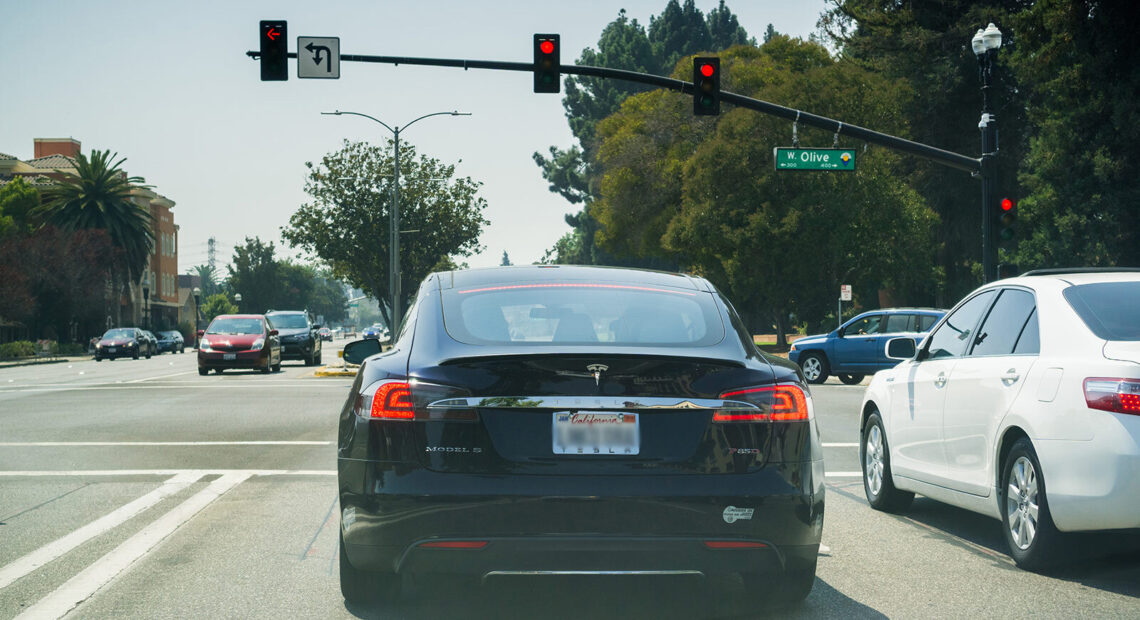How Traffic Lights Detect Cars Waiting for the Light to Change

Traffic lights play a crucial role in regulating the flow of vehicles on roads and ensuring safe and efficient traffic management. One of the key aspects of traffic light operation is the ability to detect when cars are waiting at an intersection, allowing the lights to change accordingly. In this blog post, we will explore the various methods used by traffic lights to detect vehicles and facilitate smooth traffic control.
- Inductive Loop Detectors: One common method used by traffic lights to detect vehicles is through the implementation of inductive loop detectors. These detectors consist of loops of wire embedded in the road surface at specific locations, typically beneath the stop line of the intersection. When a vehicle passes over the loop, it induces an electrical current in the wire, indicating the presence of a car. This change in the electrical signal is then used to trigger the traffic light to change.
- Video-Based Detection Systems: With the advancements in technology, video-based detection systems have become increasingly popular. These systems utilize cameras strategically positioned near the intersection to capture live video footage. The video feed is then analyzed by sophisticated image processing algorithms that can detect the presence of vehicles based on their size, shape, and movement. Once a vehicle is detected, the traffic light’s control system is notified to adjust the signal timings accordingly.
- Microwave and Infrared Sensors: Microwave and infrared sensors are another commonly used method for vehicle detection at traffic lights. Microwave sensors emit low-power microwave signals, which bounce off vehicles and return to the sensor. By analyzing the changes in the reflected signals, these sensors can determine the presence of vehicles waiting at the intersection. Similarly, infrared sensors work by emitting infrared beams and detecting disruptions caused by passing vehicles.
- Ultrasonic Sensors: Ultrasonic sensors operate by emitting high-frequency sound waves and measuring the time it takes for the waves to bounce back after hitting an object, such as a vehicle. These sensors are often installed above the intersection, pointing downwards. When a car is present below, the sound waves bounce back to the sensor, indicating the presence of a vehicle waiting for the light to change.
- Thermal Detection: Thermal detection systems use infrared sensors to detect the heat signatures emitted by vehicles. By sensing temperature differences between vehicles and the surrounding environment, these systems can identify the presence of cars waiting at the intersection. Thermal detection can be especially useful in low-light conditions or when visibility is reduced due to fog or rain.
Conclusion: Detecting vehicles waiting at traffic lights is a crucial aspect of efficient traffic management. Traffic lights employ various methods such as inductive loop detectors, video-based detection systems, microwave and infrared sensors, ultrasonic sensors, and thermal detection to detect the presence of vehicles. These technologies enable traffic lights to change signal timings accurately, ensuring smooth traffic flow and safer intersections. By utilizing these advanced detection methods, traffic authorities can continue to improve traffic management systems for the benefit of all road users.
Picture Courtesy: Google/images are subject to copyright








